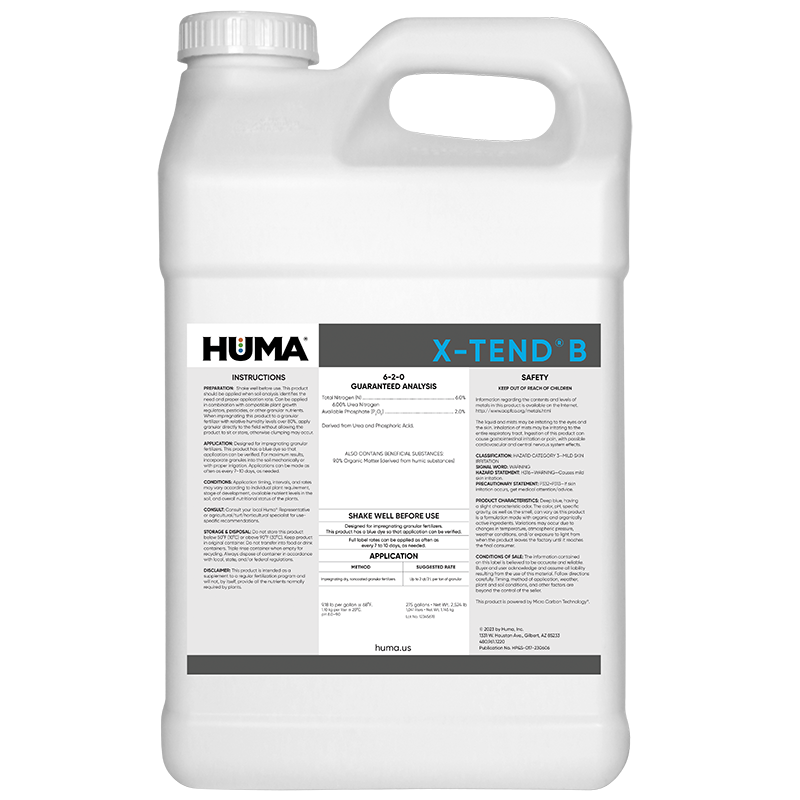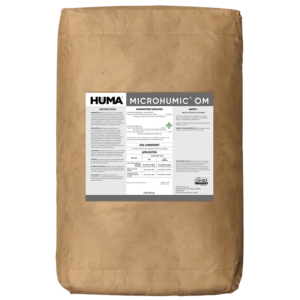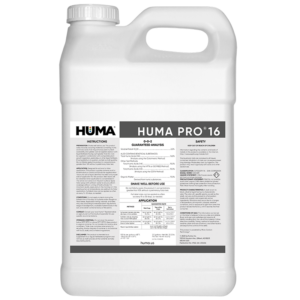FAQs
Related Videos
Huma Minute – X-Tend Enhancing Fertilizer with Cory Ritter
Huma Minute - X-Tend Enhancing Fertilizer with Cory Ritter - Huma Inc.
Learn More
Huma Minute – X-Tend on Soybeans with Steve Walmsley – Huma Inc.
Huma Mid-South Regional Sales Manager Steve Walmsley reports on a field trial with Huma X-Tend on Soybeans.
Learn More
Mid South Stories From The Field
Huma Gro® farming products increase yields; bring life into the soil; reduce soil salinity; treat chemical damage and water damage from flooding; stimulate plant growth; and strengthen plants against pests and disease. Farmers in
Learn More
Related Products
Related Case Studies

Huma® OM 1-3 mm Organic Humates Improve Potato Yield by 9%, With 5:1 ROI
Background Scientific research shows that humic and fulvic acids are biostimulants—enhancing nutrient availability and uptake, improving plant root growth and mass, and impacting both crop yield and quality. Objective The focus of this study was to assess the effect of pre-plant application of a raw humic product on potato yield. Materials & Methods One week

Huma Pro® Stimulates Rhizophagy Cycle of Microbes to Increase Root Growth
Objective The purpose of this research project was to evaluate how humic acids stimulate microbial activity and initiation of the rhizophagy cycle (in which plants cultivate microbes on their roots and then absorb them to extract their nutrients). Huma® Huma Pro®, a liquid 6% humic acid product, was used as the humic acid biostimulant source.

Fall Soil Application of Fertil Humus® Increases Illinois Corn Yield and ROI
Background Feeding beneficial soil fungal activity can enhance aerobic decomposition of organic matter and build a humus-rich soil that releases nutrients tied up in crop residues. This can positively impact crop yield and lead to a higher return on investment. Objective The objective of this study was to observe how a fall application of Huma®
Related Blog Posts

8 Simple Steps to Healthy Crop Soil

Why Are Humic Substances Called Acids?
By Richard Lamar, PhD Senior Director of Humic Research Bio Huma Netics, Inc. We are accustomed to seeing humic substances (humic and fulvic) in dry/granular form, and we tend to think of acids as liquids. So why are humic and fulvic substances called acids? All substances, solid AND liquid, have a chemical makeup. An acid

From the Field: Why I Switched to MICROHUMIC® OM for Seed Lubrication
As a farmer and ag salesman at Huma, I’m always on the lookout for products that can make farming easier and more efficient. That’s how I first came across MICROHUMIC® OM at the 2024 Commodity Classic, right after I joined Huma. While working in our booth, I was chatting with our CEO, Lyndon Smith, when









